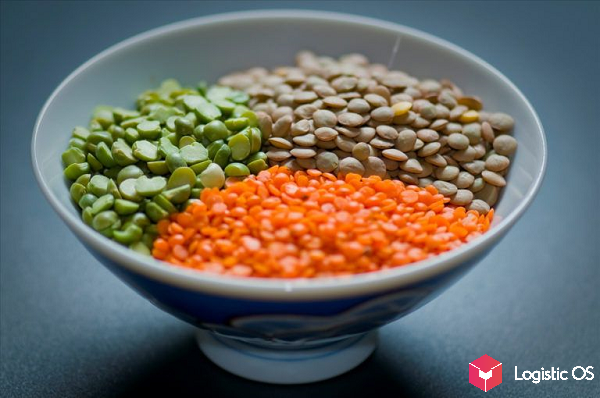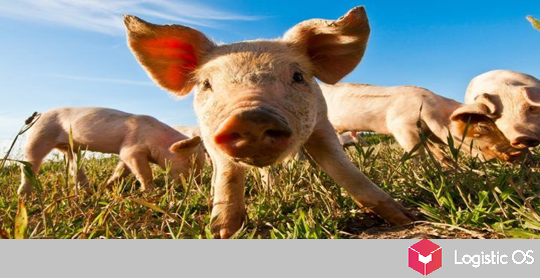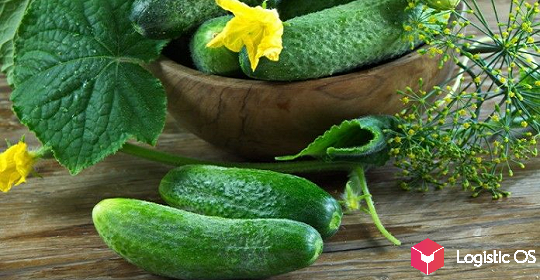This culture has been constantly updating records over the past few years. They concern both the sown area, and the crop, and its sale abroad.
For example, in 2015, the area sown with lentils was 35 thousand hectares in the territory of the Russian Federation.
In 2016, already 62 thousand hectares
in 2017 — 167 thousand hectares
in 2018 — 271 thousand hectares.
In 2019, however, there was a decline to 137 thousand hectares.
Most of all it is grown in Altai. The top 5 also includes the Saratov, Omsk, Penza and Orenburg regions.
In terms of harvesting lentils, the leaders are 2017 and 2018 (almost 200 thousand tons each). In 2019, the harvest fell sharply: to 116 thousand tons.
But in general, over the past few years, there has been a rapid growth in lentil production: if in 2001 it was at the level of 5 thousand tons per season, then in 2011 — already 33 thousand tons, in 2016 — 65 thousand tons.
Yields are also growing at a slow pace: from 5 centners per hectare to 8-10 centners.
Import or Export?
On the one hand, Russia is actively buying lentils.
From July 1, 2019 to January 14, 2020, it imported 24 thousand tons of lentils, which is three times more than in the previous year.
By the way, in 2017, the Russian government excluded lentils from the list of agricultural products subject to the embargo (import ban).
On the other hand, Russia is exporting this culture in parallel. In 2015, it was exported only 7 thousand tons, in 2017 — already 64 thousand tons.
At the same time, up to 30% of the total harvest is exported.
However, exports and imports do not refer to the same product, since Russia imports red lentils, but exports mainly green ones. Among the active buyers of Russian products are Iran, the United Arab Emirates, Pakistan.

Over the past few years, the share of Russian lentils on the world market of this crop has reached 2% (previously — 0.5%). And although Russia is still very far from the leader in this industry — Canada with its 50% — there is certainly potential.
After all, lentils are both a high protein content (up to 30%), and a raw material for the manufacture of sausages and confectionery, and an excellent predecessor for most crops.

